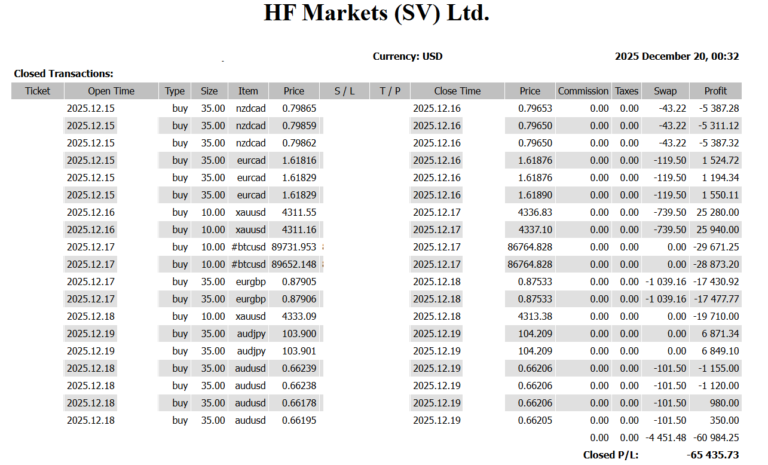✅ Dollar Buying Accelerates as Yen and Euro Slide — Politics Take the Driver’s Seat
💵 Dollar Strength Broadens, Yen and Euro Selling in Tandem
Following the inauguration of Prime Minister Sanae Takaichi’s new administration, the USD/JPY pair has broken decisively above the ¥150 mark, extending gains for several consecutive sessions.
Cross-yen pairs have also climbed across the board, reinforcing a broad-based yen-selling trend.
Behind the move lies a waning expectation for a Bank of Japan rate hike, with markets increasingly convinced that monetary easing will remain in place for the long term.
Meanwhile, rising equity markets have bolstered investor sentiment, rekindling yen carry trade activity.
In Europe, the euro remains under pressure amid renewed political uncertainty in France.
Selling in French government bonds has widened the yield spread with German Bunds, reviving concerns over eurozone fragmentation.
The British pound is also weighed down by persistent fiscal discipline concerns, leaving the U.S. dollar as the clear outperformer.
🏦 U.S. in “Data Blackout” Mode — FOMC Remains on Hold
The ongoing U.S. government shutdown has suspended publication of key economic indicators such as nonfarm payrolls, leaving the Federal Reserve without fresh data to guide policy.
With no new evidence on the labor market or inflation, the Fed is effectively in wait-and-see mode, unable to justify either a rate hike or a cut.
The result: a market adrift in uncertainty, reflecting what traders now call “the data blackout in America.”
🪙 Gold Surges Despite Dollar Strength — Reflecting Growing Reserve Diversification
Despite the strong dollar, gold prices continue to surge, hovering near all-time highs.
This paradox reflects rising concerns over U.S. fiscal stability and a global trend toward reserve diversification and de-dollarization by central banks.
Investors are buying gold both as a safe-haven hedge and as an alternative to the dollar’s dominance, signaling a subtle shift in global capital flows.
⚙️ Key Focus: “Inertia Yen Weakness” Likely Unless Intervention Occurs
Unless the Bank of Japan or Ministry of Finance intervenes decisively through direct yen-buying or strong verbal action,
the yen’s weakness is likely to persist under its own momentum.
Market participants are now eyeing the ¥152–¥153 range as the next potential target zone.
However, any actual intervention or verbal warning from authorities could quickly trigger a short-term pullback in the yen’s favor.
📅 Upcoming Events
Economic Data
-
U.S. MBA Mortgage Applications (Sep 27–Oct 3)
Speeches by Officials
-
Escrivá (Bank of Spain Governor)
-
Müller (Estonia Central Bank Governor)
-
Elderson (ECB Executive Board Member)
-
Musalem (St. Louis Fed President)
-
Barr (Federal Reserve Governor)
-
Pill (BoE Chief Economist)
-
Kashkari (Minneapolis Fed President)
Other Events
-
U.S. 10-year Treasury Auction ($39B)
-
FOMC Minutes (September Meeting) to be released
-
China: Mainland markets remain closed for the extended holiday
💹 Current Market Levels (London Session)
| Instrument | Level | Comment |
|---|---|---|
| USD/JPY | 152.90 | Dollar-buying remains dominant; intervention risk rising near key threshold |
| Dollar Index | 98.90 (+0.33%) | Highest since August, driven by euro weakness |
📊 Summary
The FX market is now defined by a “politically driven, data-void dollar rally.”
With both yen and euro selling fueling the dollar’s dominance,
the focus has narrowed to when—and how—Japanese authorities might step in.
Until then, the market remains firmly tilted toward persistent dollar strength under a political and psychological momentum rarely seen in recent years.


